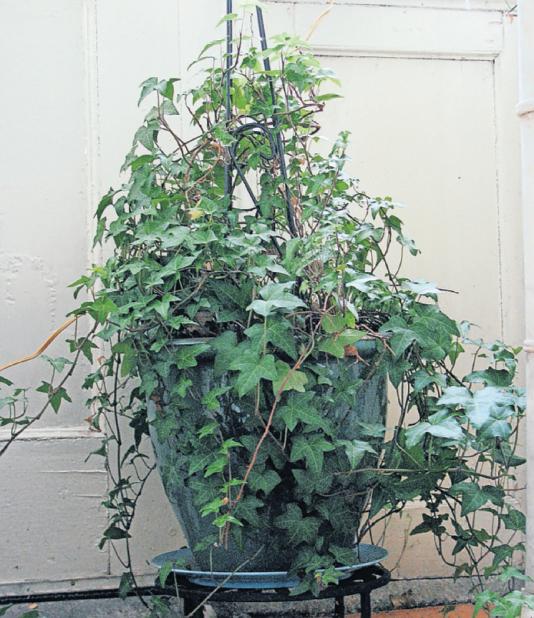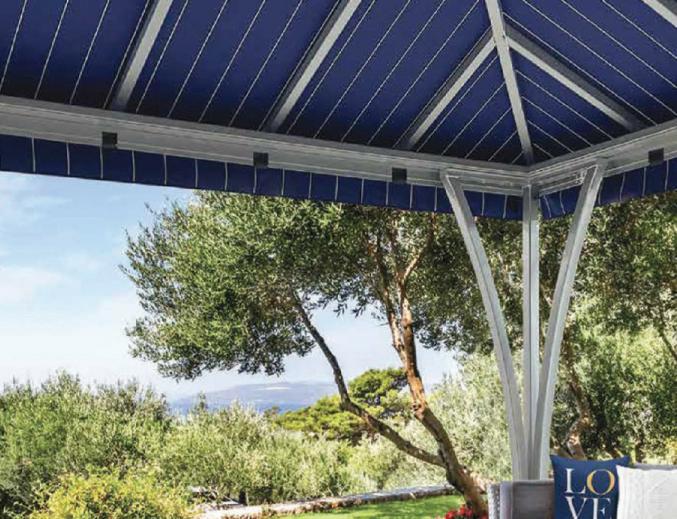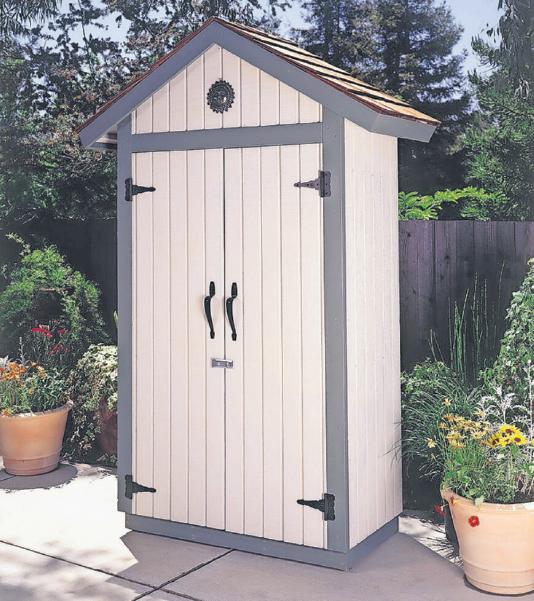
4 minute read
Know your toxic houseplants so you can still appreciate their beauty
MENTION POIsonous houseplants and most people immediately think of poinsettias. Actually, poinsettia’s bad reputation is unfounded. The plant really is not poisonous. Only a masochist would be able to ingest enough of this foul-tasting plant to cause the occasional cases of vomiting that have been reported. This isn’t to pooh-pooh the toxicity of all houseplants. Many are poisonous.
No sane adult walks around the house plucking houseplant leaves to eat; the greatest danger from poisoning is to children. Ten percent of the inquiries to poison control centers across the nation concern plant poisonings, and the bulk of those inquiries concern children younger than three years. (But in only a small percentage of these cases does the child actually have symptoms of poisonings.)
Philodendrons and dumbcane (Diffenbachia spp.) are responsible for the first and second most reported poisonings, respectively. These plants are in the Araceae Family, a group of plants with needle-like crystals of calcium oxalate in their leaves and stems. When chewed, the crystals cause immediate pain in the mouth and throat, which commonly leads to swelling. This makes speech difficult and is the origin for the common name “dumbcane” for Diffenbachia species. If one were to ingest sufficient quantity of leaves of philodendron or dumbcane, vomitting and diarrhea, even death, could follow. Other houseplants in this family include elephant’s ear (Alocasia spp.), flamingo flower (Anthurium spp.), and caladium (Caladium bicolor).
Poinsettias are ranked
Garden Notes
STOCKBRIDGE Botanical garden programs
Berkshire Botanical Garden, located at 5 West Stockbridge Road, presents:
• Friday, Feb. 24 — Mar. 10, “The Bulb Show,” 9 a.m. to 4 p.m. in the Fitzpatrick Greenhouse. The show is free and open to the public. The Bulb Show will feature thousands of bulbs in dozens of varieties, each one identified, including an evolving collection of traditional New England favorites such as narcissus, tulips and grape hyacinths together with hardy varieties new to the show;
• Feb. 25, 11 a.m. to 12:30 p.m., online course, “Composting for Beginners.” This introductory course, led by Bridgette Stone, will cover the basics of successful composting and its use in the garden. Styles of composters will be addressed as well as the tools needed to create and use this “black gold” in the garden. Cost is $10 members, $12 nonmembers.
For more information, or to register, visit www. berkshirebotanical.org third as far as the number of reported (not actual) poisonings nationwide. Although poinsettia really is not toxic, it is a member of the Spurge Family, a family which includes many toxic plants. Guilt by association, perhaps. Members of the Spurge Family contain a milky latex in their sap, and this latex can cause dermatitis. A houseplant Spurge that does warrant caution is Crownof-Thorns, which, as long as we are talking about danger to children, also is heavily armed with stout thorns. This is the time of year when blooms on forced bulbs carry gardeners through the last leg of winter before spring planting. Most of these bulbs are in the Lily Family, another family with many poisonous members. The daintiness of Lily-ofthe-Valley belies the fact that it contains a potent cardiac glycoside (much like the digitalis found in foxgloves), which even leaches into the water of cut flowers. have plants for sale as well. For more information visit their website at https:// amherstorchidsociety.org/ club-events/our-showsale/
Hyacinths are wonderfully fragrant, yet also toxic. All parts of sunny daffodils contain lycorine, a toxin that can cause dermatitis with skin contact, and diarrhea and convulsions if ingested. That toxin, lycorine, also is found in another winter bulb, amaryllis (Hippeastrum spp.), though amaryllis is not in the Lily Family.
A few other houseplants in widely scattered plant families also are worth mentioning for their toxicity. Jerusalem cherry (Solanum pseudocapsicum), a houseplant with brightly colored berries, is in the Deadly Nightshade Family. The family name should tell you something about the plant’s toxic properties.
EAST LONGMEADOW Garden Club scholarship
Applications are now open for the 2023 Esther A. Rosati Memorial East Longmeadow Garden Club Scholarship in the amount of $1,000. Applicants must presently be an East Longmeadow High School senior or a recent graduate of East Longmeadow High School, be planning to attend an institution of higher learning, or a graduate student who is a resident of East Longmeadow and is attending or planning to attend an institution of higher learning, or an East Longmeadow student who is a resident and has been accepted to participate in a special program.
NORTHAMPTON Orchid show
The Amherst Orchid Society is having its annual Orchid Show after a two-year hiatus. The show will take place on Feb. 25, from 9 a.m. to 5 p.m., and Feb. 26 from 10 a.m. to 4 p.m. at Smith Vocational High School. There will be displays of blooming orchids from New England societies and local growers. Commercial growers will
All applicants must be planning to pursue a degree in agriculture, botany, conservation, ecology, environmental engineering, environmental science, floral design, forestry, landscaping architecture, oceanography, perma-culture/agro-ecology or a related field.
Applicants must include a copy of an official grade transcript and applications must be received on or before Feb. 28. Applicants being considered will be contacted by the East Longmeadow Garden Club’s Scholarship Committee for an interview. The recipient will be awarded the scholarship at the annual May meeting of the East Longmeadow Garden Club.
MORE DURABLE and attractive than metal or plastic sheds, this do-it-yourself garden shed is a great way to add storage space to the yard, garden, patio or deck this summer. Perfect for garden tools, outdoor toys, sports equipment or pool supplies, it’s like adding a closet to your outdoor living spaces.


The shed is built from plywood over a frame of standard dimensional lumber and can be completed in a couple of weekends. The design calls for all straight cuts, and all of the angles are traced from full-size patterns. Construction is simple. First, cut everything to size and assemble the frame using glue and screws. Next, add the sheathing and roof. Finally, build and hang the doors, add hardware and shingle the roof. The shed can be painted to match the house, or finished as the builder prefers.
The garden shed measures 4 feet wide by 2 feet deep and stands a little less than 8 feet tall at the peak of the roof.
The Garden Shed plan, No. 930, is $10.95 and includes complete stepby-step instructions with photos, full-size patterns, detailed construction diagrams, a shopping list and cutting schedule and plywood cutting layouts. Please include $3.95 for postage and handling and allow about two weeks for delivery.
To order by mail, clip this article and send it with a check or money order to U-Bild Features, c/o The Republican, 741B Olive Ave., Vista CA 92083. To order by credit card, visit U-Bild on the web at u-bild.com.





